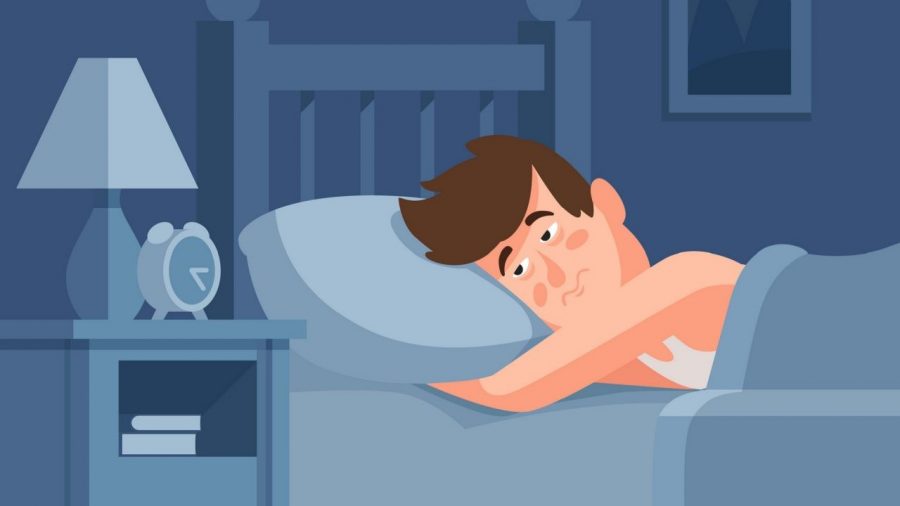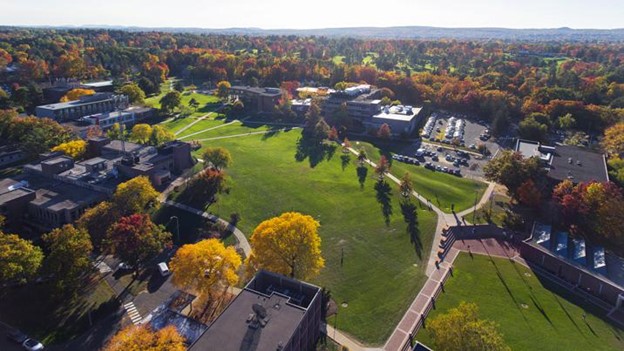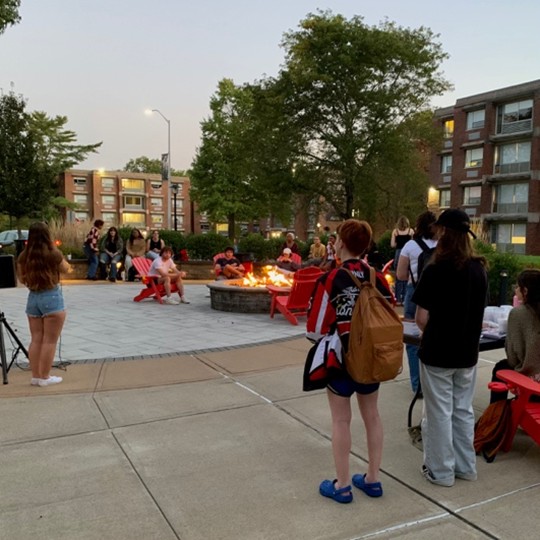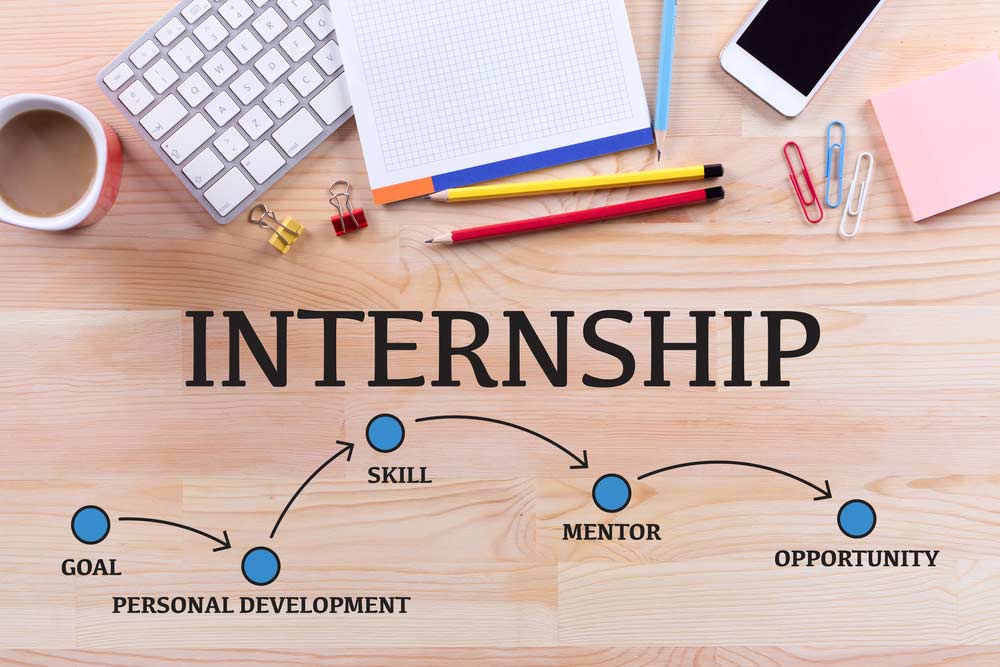A Wake-Up Call to Get Enough Sleep
October 3, 2019
Have you been getting enough sleep? According to a research study performed at the University of Georgia in 2019, college students get an average of 6 to 6.9 hours of sleep per night. However, the recommended guidelines for adults, aged 18 to 64, is about 7 to 9 hours of sleep per night (National Sleep Foundation, 2015). Since individuals vary, these guidelines also state that as little as six hours, and as many as 11 hours, may be acceptable sleep durations for college students. Although we know that it is important to get work done, we should also make sure to get enough sleep. Overexertion leads to exhaustion and burnout much more rapidly. On top of that, a lack of sleep can cause students to fall asleep in class, and miss out on important material, no matter how interesting the lecture may be.
What happens while you sleep? According to Harvard Health Publishing, “A typical night’s sleep consists of four or five REM/non-REM cycles with occasional, brief episodes of wakefulness. Most Stage four sleep occurs during the first two-to-three hours of sleep (Harvard Health Publishing, 2018).” Stage four sleep is the deepest stage of sleep, and it is the most difficult stage to wake up from, whereas stage one sleep is the lightest stage of sleep. Stage five sleep is the stage where rapid eye movement (REM) sleep and most dreaming occurs. The duration of these stages varies based on a person’s age, but on average, a person enters stage five sleep (REM sleep) about 90 minutes after first falling asleep. It is important to go through five to six cycles of all sleep stages, per night, because they aid in consolidating memory, repairing cells, and improving decision-making, amongst many other important functions (National Sleep Foundation, 2019).
When we do not get adequate sleep, the danger is alarming. This is displayed by many shocking statistics. According to the National Sleep Foundation’s Sleep in America poll, 60% of Americans have driven while feeling “sleepy”, and 37% admit to having fallen asleep at the wheel in the past year (National Sleep Foundation, 1999-2018). This should be a wake-up call to every person traveling on the road. Drowsy driving is common, which emphasizes that we should be careful while driving around others, and that we should be getting enough sleep ourselves. A study by the AAA Foundation for Traffic Safety found that, “Compared to drivers who had slept for at least seven hours in the past 24 hours, drivers who reported they had slept less than four hours had 11.5 times the crash rate” (Tefft, 2016). The National Highway Traffic Safety Administration (NHTSA) estimates that in 2017, 91,000 police-reported crashes involved drowsy drivers (NHTSA, 2017). The consequences of such crashes can be severe, and sometimes even result in death. We should make every effort to stay safe on the road.
However, we know that sometimes it can be difficult to get sleep. Luckily, there are some ways that we can increase safety, fall asleep more quickly, and wake up feeling more refreshed. The Centers for Disease Control and Prevention (CDC) lists a few ways to prevent drowsy driving, one of the best ones being: pull over to a safe place and take a 15-20 minute nap, or change drivers if you notice the warning signs of drowsy driving (CDC, 2017).
According to Harvard Health Publishing, some strategies to improve the quality of sleep include making sure not to consume caffeine after noon, and getting regular exercise that does not take place within three hours of going to bed (Harvard Health Publishing, 2017).
Tracking sleeping cycles, which can be done through various phone apps, can also help us wake up more easily. Of course, if sleep is not improving, even after changes are made to sleeping habits, a healthcare professional can help determine the cause and treat the problem. As hard as it may be, I urge us all to make sure we get enough sleep each night.
IMAGE COURTESY OF AUSTRALIASCIENCETV.COM










